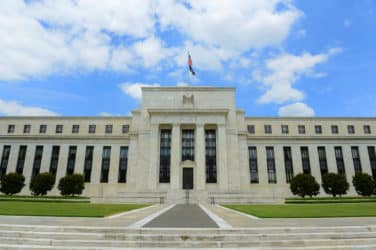
There are two kinds of stock-market increases: the kind that is driven by loose/loosening monetary policy (or expectations thereof), and the kind that isn’t. The latter is high-quality and sustainable; the former isn’t.
In recent years, there has been too much of the former and not enough of the latter. It’s hard to find anybody who believes current valuations are true, i.e. reflective of expectations of future earnings growth only, rather than at least partly propped up by a highly accommodative Federal Reserve. Sure the market moves every trading day on myriad factors, but the main story line has been Fed in play, markets fall; Fed on hold, markets rise.
That changed just in the past couple weeks when the markets rose for a couple days amid increased speculation that the Fed would raise rates sooner rather than later. On May 27, Fed Chair Janet Yellen made decidedly non-dovish remarks, and the market eked out a small gain over the next few trading days. It wasn’t a massive rally, but the market didn’t fall apart like it would have in 2015 or 2014.
The recent market action leads me to opine that the Fed should move at its June 14-15 meeting. (Or at the very least, stand pat in June but telegraph the heck out of a late-July move, and follow through.) Yes, the May jobs gain of 38,000 as reported this past Friday was very soft, but that’s just one data point — other recent reports have been at least reasonably strong; the May jobs number may be revised upwards; and even if it isn’t and the Fed moves, 0.5-0.75% is still rock-bottom.
The Fed can’t hold rates at super-low levels forever. The current 0.25-0.5%, after years at 0-0.25%, isn’t healthy. After the Fed lifted rates in December, the market had a rough patch, but it persevered, and the medicine was taken. There’s no reason why the same pattern can’t repeat itself — and I’d expect a less-rough patch this time, with one already under the belt.
It would be ideal if the Fed can get up to say, 2% or even 2.5% within a couple years. A more normalized level could usher in a higher-quality and more sustainable market increase, a tide that would lift all boats. The financial sector could be among the biggest beneficiaries, as higher rates would directly help banks, which in turn could (at least theoretically) step up banks’ market activity and move them toward being market leaders once again.
Of course, if the naysayers are correct about swirling recession winds and the economy is heading to hell in a handbasket, all bets are off. But at this time, there’s enough positives out there to support a near-term rate hike on the path toward a better tomorrow.






